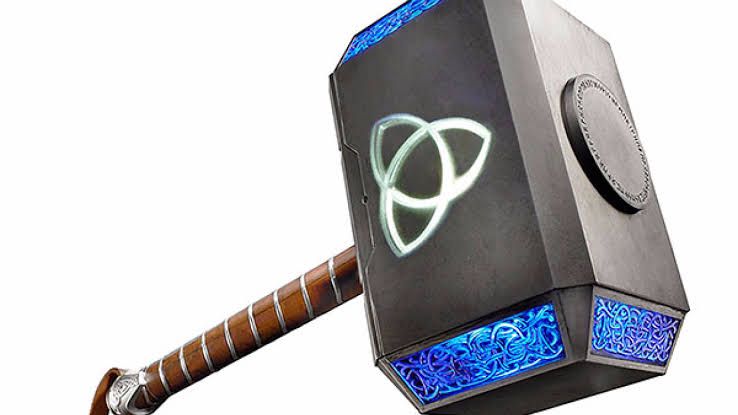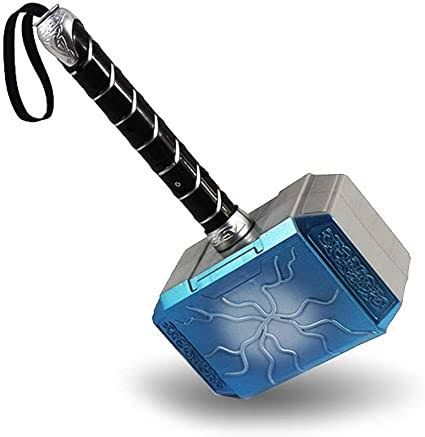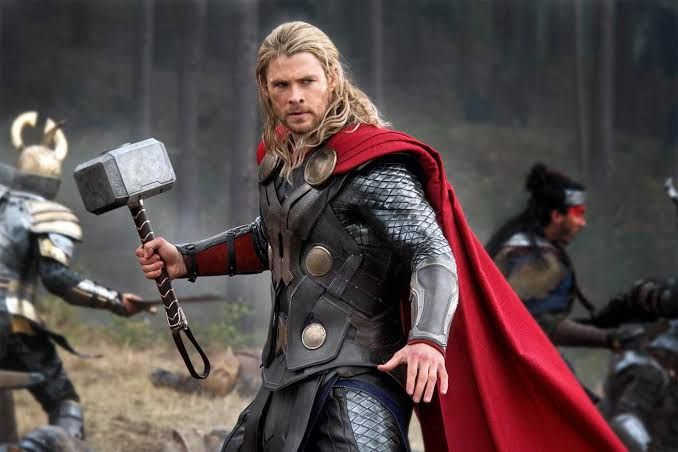
Mjölnir (/ˈmjɔːlnɪər/, Old Norse: Mjǫllnir [ˈmjɔlːnez̠]) is the hammer of the thunder god Thor in Norse mythology, used both as a devastating weapon and as a divine instrument to provide blessings. The hammer is attested in numerous sources, including 11th century runic Kvinneby amulet, the Poetic Edda, a collection of eddic poetry compiled in the 13th century, and the Prose Edda, a collection of prose and poetry compiled in the 13th century. The hammer was commonly worn as a pendant during the Viking Age in the Scandinavian cultural sphere, and Thor and his hammer occur depicted on a variety of objects from the archaeological record. Today the symbol appears in a wide variety of media and is again worn as a pendant by various groups, including adherents of modern Heathenry.

The etymology of the hammer's name, Mjǫllnir, is disputed among historical linguists. Old Norse Mjǫllnir developed from Proto-Norse *melluniaR and one proposed derivation connects this form to Old Church Slavonic mlunuji and Russian molnija meaning 'lightning' (either borrowed from a Slavic source or both stemming from a common source) and subsequently yielding the meaning 'lightning-maker'. Another proposal connects Mjǫllnir to Old Norse mjǫll meaning 'new snow' and modern Icelandic mjalli meaning 'the color white', rendering Mjǫllnir as 'shining lightning weapon'. Finally, another proposal connects Old Norse Mjǫllnir to Old Norse mala meaning 'to grind' and Gothic malwjan 'to grind', yielding Mjǫllnir as meaning 'the grinder'.[1]

Likely worn around the neck, the Kvinneby amulet is a small copper amulet found in Öland, Sweden that dates from the 11th century and features an Old Norse Younger futhark inscription that invokes Thor and his hammer. Runologists Mindy MacLeod and Bernard Mees translate the amulet as follows:
'Here I carve for you (runes of) help, Bofi.
Help me! Knowledge (?) is certain for you.
And may the lightning hold all evil away from Bofi.
May Thor protect him with his hammer which came from out of the sea.
Flee from evil! It (?) gets nothing from Bofi.
The gods are under him and over him.'[2]
The amulet inscription references narratives recorded hundreds of years later in both the Poetic Edda and Prose Edda (see discussion regarding Hymiskviða and Gylfaginning below).[2]